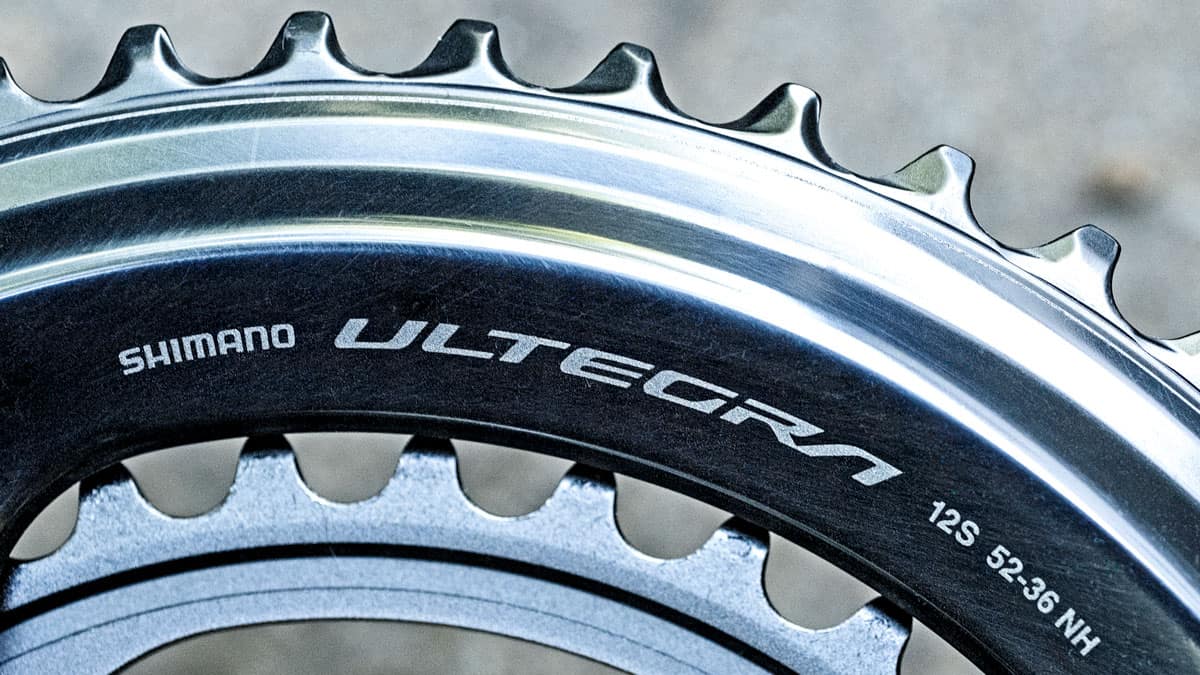Understanding your bike’s gearing is essential for improving your cycling performance, whether you’re tackling steep climbs, riding on flat terrain, or descending at speed. In this article, we’ll break down bike gearing, explain how gear ratios work, and help you optimise your setup for any ride.
The Basics of Bike Gearing Explained
At its core, bike gearing refers to the combination of your front chainring and rear sprocket. The relationship between these two components determines how easy or hard it is to pedal. The key to understanding this lies in the gear inch formula:
Gear Inch Formula: Front chainring teeth / Rear sprocket teeth × 27
The number 27 represents the standard wheel size in inches, which is derived from the 700c wheels commonly used on road bikes. Gear inches provide a universal way to compare gearing setups across different bikes and configurations.
Why Gear Ratios Matter
When discussing bike gearing explained further, gear ratios significantly impact your cycling efficiency and comfort. Let’s break it down:
- Higher Gear Ratios: These are ideal for riding fast on flat terrain or descending. For example, a 53/11 setup yields a high gear inch, enabling maximum speed.
- Lower Gear Ratios: These are better for climbing steep hills or battling headwinds. A compact crankset like 34/30 offers a low gear inch, making pedalling easier under resistance.
Comparing Standard and Compact Cranksets
Standard Cranksets
Traditional cranksets, such as 53/39, offer higher gear ranges, suitable for strong riders or flat courses. For instance, a 53/12 configuration provides 119 gear inches, allowing for powerful outputs on flat roads.
Compact Cranksets
Compact cranksets, like 50/34, are designed for versatility. These setups shine in hilly terrain. A 50/11 combination delivers a comparable top-end gear to a standard crankset, while the lower end, such as 34/30, enables easier climbing.
The Overlap in Gearing
An important aspect of bike gearing explained is the overlap in gears between the front chainrings. For example:
- A 53/28 setup on the large chainring might produce a similar gear inch to a 39/20 on the smaller chainring.
While this overlap might seem redundant, it offers practical benefits:
- Smooth Shifting: It reduces the need to frequently switch between chainrings.
- Efficiency: Riders can maintain cadence across varying terrain without drastic gear changes.
Choosing the Right Gearing for Your Ride
Selecting the ideal gearing depends on your fitness level, riding style, and terrain. Consider the following tips:
- Climbs: Opt for a compact crankset and a wider-range cassette for easier pedalling.
- Flats: Use a standard crankset or tighter cassette for smoother transitions between gears.
- Mixed Terrain: A semi-compact crankset (e.g., 52/36) offers a balance between high and low gear ranges.
Final Thoughts on Bike Gearing Explained
Understanding your bike’s gearing can transform your riding experience. By choosing the right gear setup and knowing how to use it effectively, you’ll tackle climbs with ease, maximise speed on flats, and enjoy smoother transitions across terrains.
Ready to elevate your cycling performance? Book a free call with me to discuss whether you are a good fit for my coaching program and how I can create a personalised coaching plan to help you achieve your goals.


Leave A Comment